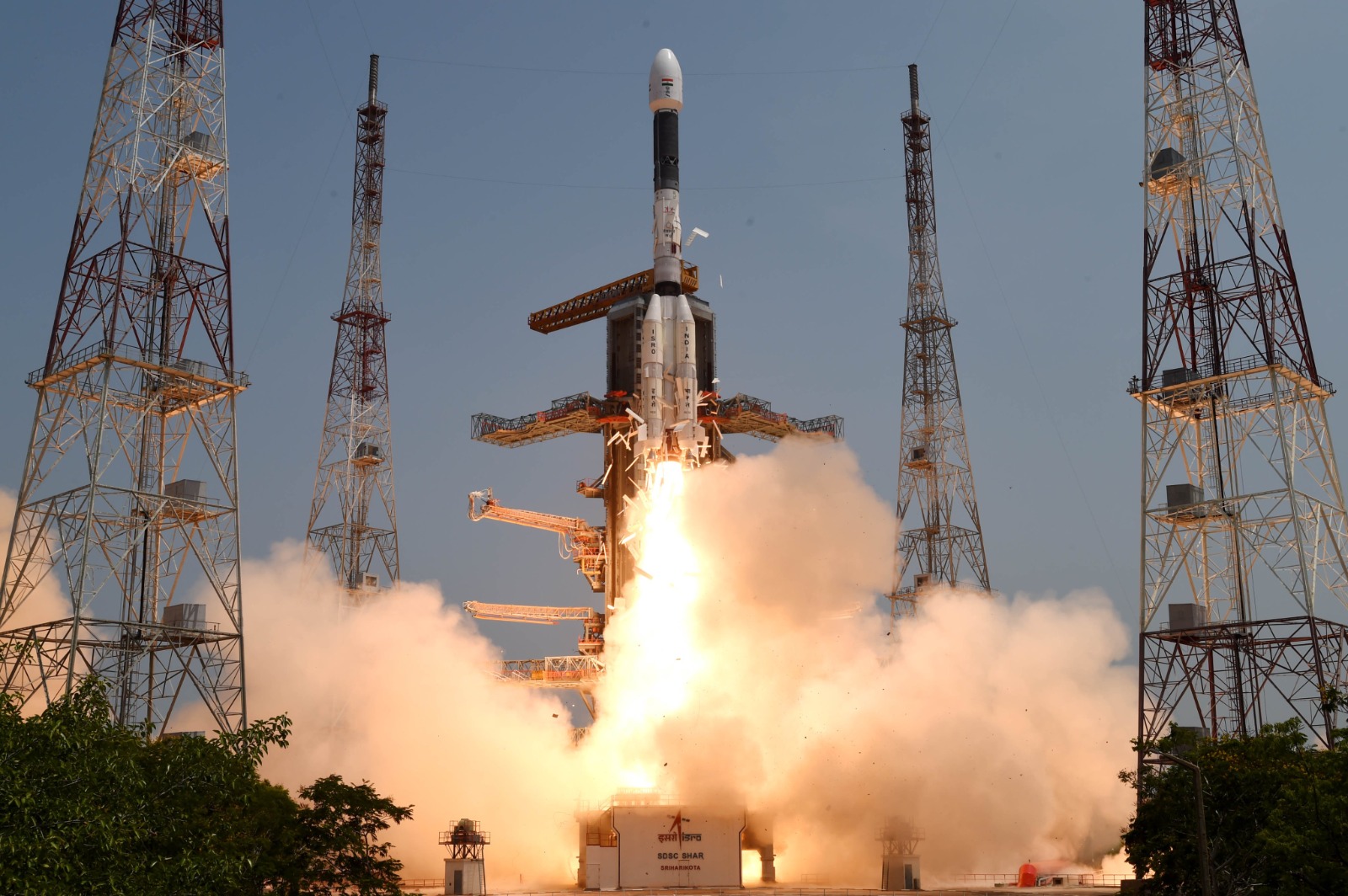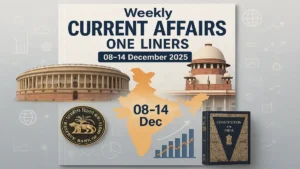The Indian Space Research Organisation (ISRO) achieved yet another milestone as its geosynchronous satellite launch vehicle (GSLV) rocket, GSLV-F12, successfully placed the navigation satellite NVS-01 into orbit. This launch aims to enhance the continuity of Navigation with Indian Constellation (NavIC) services, providing accurate and real-time navigation in India and its surrounding region. Let’s delve deeper into this significant achievement.
Launch Details:
On Monday, 29 May, the 51.7-meter-tall GSLV-F12 rocket took off from the second launch pad at Sriharikota, located about 130 kilometers from Chennai. Amid clear skies, the rocket blasted off at the scheduled time of 10:42 am, embarking on its mission to deploy the NVS-01 satellite.
Buy Prime Test Series for all Banking, SSC, Insurance & other exams
Continuity of NavIC Services
The successful launch of the second-generation navigation satellite, NVS-01, ensures the continuity of NavIC services. NavIC, previously known as the Indian Regional Navigation Satellite System (IRNSS), was developed by ISRO to meet the positioning, navigation, and timing requirements of the country. With a constellation of seven satellites and a network of ground stations operating 24×7, NavIC offers two services: the Standard Position Service (SPS) for civilian users and the Restricted Service for strategic users.
Enhanced Navigation Capabilities
NVS-01, weighing 2,232 kg, carries navigation payloads in the L1, L5, and S bands. The satellite also features an indigenously developed rubidium atomic clock, marking a significant achievement for ISRO. The inclusion of this atomic clock, previously imported by ISRO scientists, enhances the accuracy of NavIC services.
NavIC’s Operational Capabilities
NavIC’s signals are designed to provide user position accuracy better than 20 meters and timing accuracy better than 50 nanoseconds, ensuring precise and reliable navigation services. The NavIC SPS signals are interoperable with other global navigation satellite systems such as GPS, Glonass, Galileo, and BeiDou, expanding its compatibility and usability.
GSLV-F12’s Mission Life and Significance
Monday’s mission marked the sixth operational flight of the GSLV with an indigenous cryogenic stage. The NVS-01 satellite is expected to have a mission life of over 12 years, contributing to the long-term continuity and reliability of NavIC services. This successful launch signifies ISRO’s commitment to advancing India’s space capabilities and meeting the diverse needs of both civil aviation and military sectors.
Also Read: Google’ Bard chatbot to launch globally, including India




 Weekly Current Affairs One Liners 08th t...
Weekly Current Affairs One Liners 08th t...
 Which Indian City is Known as the Footwe...
Which Indian City is Known as the Footwe...
 Which Desert is known as the Cold Desert...
Which Desert is known as the Cold Desert...







